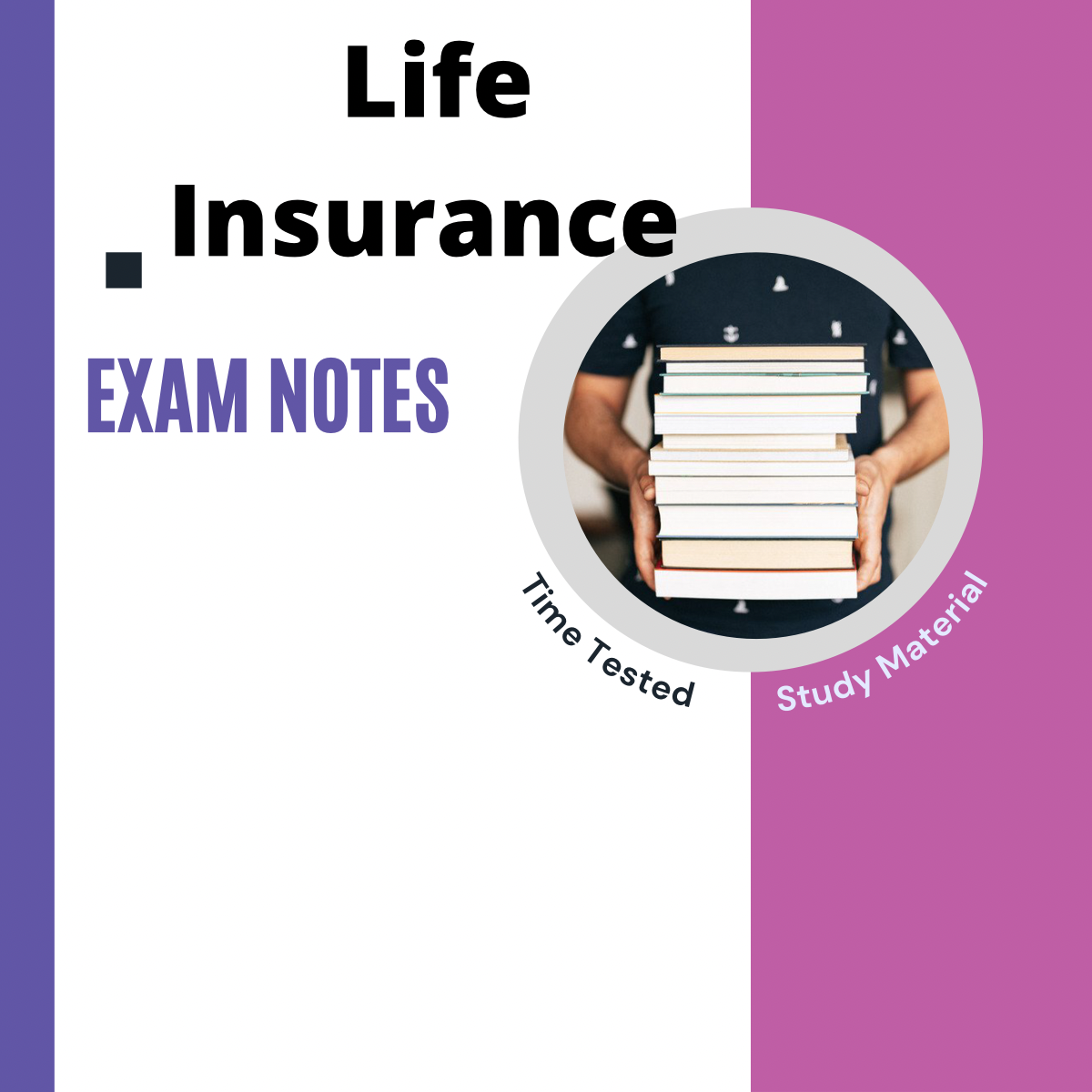9 Easy Facts About Pacific Prime Explained
9 Easy Facts About Pacific Prime Explained
Blog Article
Top Guidelines Of Pacific Prime
Table of ContentsThe Best Strategy To Use For Pacific PrimeThe 9-Minute Rule for Pacific PrimeSome Known Questions About Pacific Prime.7 Easy Facts About Pacific Prime DescribedGetting The Pacific Prime To Work

This is since the data were gathered for a duration of strong financial performance. Of the approximated 42 million people who were without insurance, all but concerning 420,000 (about 1 percent) were under 65 years old, the age at which most Americans come to be qualified for Medicare; 32 million were grownups between ages 18 and 65, around 19 percent of all grownups in this age group; and 10 million were kids under 18 years of age, about 13.9 percent of all youngsters (Mills, 2000).
These estimates of the variety of individuals without insurance are generated from the annual March Supplement to the Existing Populace Survey (CPS), carried out by the Demographics Bureau. Unless otherwise kept in mind, nationwide price quotes of people without medical insurance and percentages of the population with various kinds of protection are based upon the CPS, one of the most extensively made use of source of estimates of insurance coverage and uninsurance prices.
10 Easy Facts About Pacific Prime Explained

Still, the CPS is specifically beneficial since it creates annual price quotes reasonably swiftly, reporting the previous year's insurance policy protection approximates each September, and since it is the basis for a constant set of price quotes for even more than twenty years, permitting analysis of trends in protection over time. For these factors, along with the substantial usage of the CPS in various other studies of insurance policy protection that are presented in this report, we rely upon CPS estimates, with limitations noted.

The price quote of the number of uninsured people expands when a populace's insurance coverage status is tracked for numerous years. Over a three-year duration beginning early in 1993, 72 million individuals, 29 percent of the united state populace, were without insurance coverage for at the very least one month. Within a single year (1994 ), 53 million people experienced at the very least a month without insurance coverage (Bennefield, 1998a)
6 out of every ten without insurance grownups are themselves used. Working does improve the likelihood that one and one's household members will certainly have insurance coverage, it is not a guarantee. Also participants of families with 2 full-time wage income earners have nearly a one-in-ten chance of being without insurance (9.1 percent uninsured price) (Hoffman and Pohl, 2000).
Little Known Facts About Pacific Prime.
New immigrants account for a significant proportion of people without medical insurance. One evaluation has actually attributed a considerable section of the current growth in the size of the united state without insurance population to immigrants that showed up in the nation in between 1994 and 1998 (Camarota and Edwards, 2000). Current immigrants (those that involved the United States within the past four years) do have a high rate of being without insurance (46 percent), however they and their children account for just 6 percent of those without insurance coverage nationally (Holahan et al., 2001).
The partnership in between health insurance and access to care is well developed, as documented later in this chapter. The connection between health insurance and health and wellness end results is neither straight nor easy, a comprehensive medical and health and wellness solutions research study literature links health and wellness insurance protection to better access to care, far better top quality, and enhanced personal and populace health and wellness standing.
Degrees of analysis for taking a look at the effects of uninsurance. It concentrates specifically on those without any health and wellness insurance policy for any type of size of time.
Some Known Questions About Pacific Prime.
The issues dealt with by the underinsured are in some respects comparable to those dealt with by useful site the uninsured, although they are generally much less extreme. Health and wellness insurance coverage, nevertheless, is neither necessary neither sufficient to gain accessibility to medical services. The independent and direct result of health and wellness insurance protection on access to health services is well developed.
Others will get the health and wellness care they require even without medical insurance, by paying for it out of pocket or seeking it from providers that provide treatment cost-free or at highly subsidized prices. For still others, health and wellness insurance alone does not make certain receipt of treatment due to other nonfinancial obstacles, such as an absence of healthcare suppliers in their community, minimal access to transport, illiteracy, or etymological and cultural distinctions.
How Pacific Prime can Save You Time, Stress, and Money.
Formal study concerning without insurance populaces in the United States dates to the late 1920s and very early 1930s when the Committee on the Expense of Healthcare generated a series of reports about financing medical professional workplace gos to and hospital stays. This concern became prominent as the numbers of medically indigent climbed during the Great Clinical depression.
Report this page